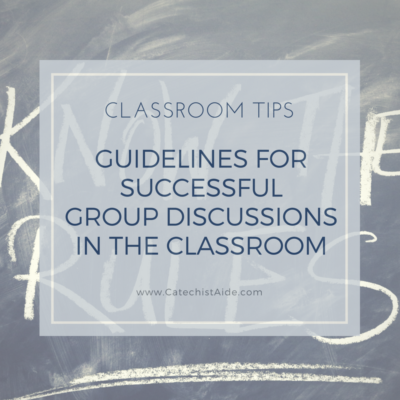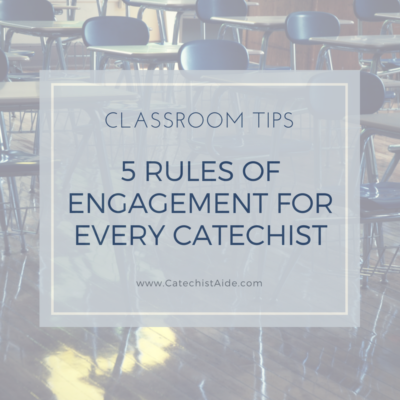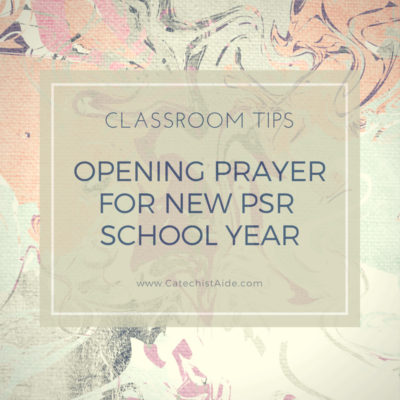The last two weeks I’ve discussed the benefits of group discussions and provided guidelines for obtaining good results. Today I’m closing out the topic with a free download! Click the link at the end of this post to download the Group Discussion Worksheet with Leader’s Guide to try out with your class. Be sure to make a copy of the Worksheet for each of your students. The Leader’s Guide is for you and any other discussion leaders. The topic is “What Voice Do You Listen To?” It is suitable for Middle School students but would also work with High School age students. The discussion will complement any lesson on the Bible as the Word of God. It would also work with a study of the Patriarchs or any Biblical story featuring obedience to God’s Word.
If this is your first time leading a discussion with your class, don’t be discouraged if things start slowly – just stick with it. It can be helpful to start things off with a little humor. You might want to consider introducing the discussion with a short video clip such as Dad, but Barbie told me to do it , where a little girl explains to her Dad that she only painted her Barbie dolls with fingernail polish because Barbie told her to do it.
Free Download (click link to download): What Voice Do You Listen To?
© 2018 Catechist’s Aide





